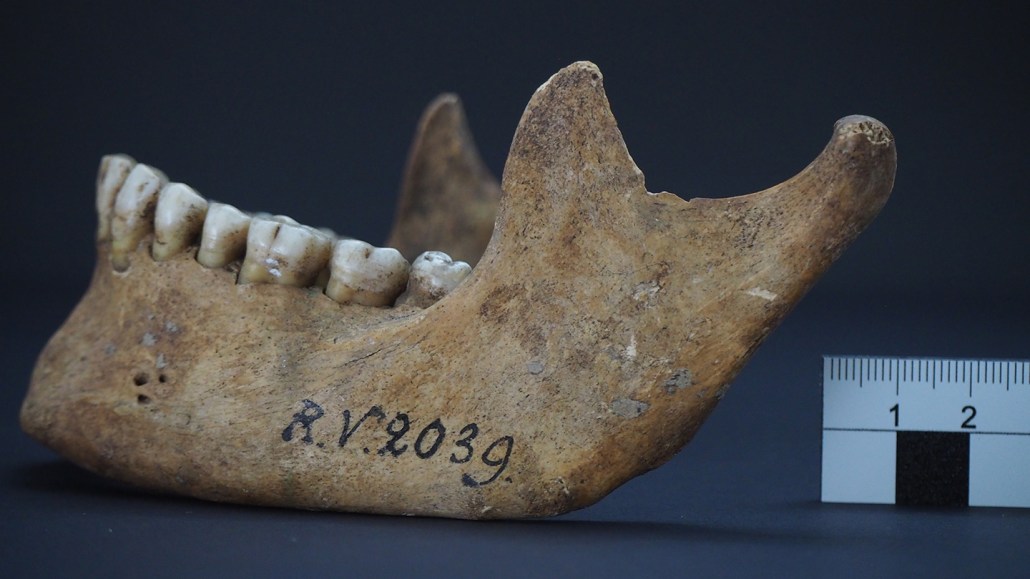
DNA from the jawbone of a 20- to 30-year-old hunter-gatherer, who lived thousands of years ago in what’s now Latvia, revealed a newly identified strain of the plague bacterium Yersinia pestis that originated about 7,100 years ago — the oldest ever found.
Dominik Göldner/BGAEU






